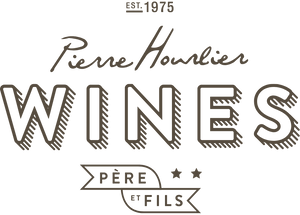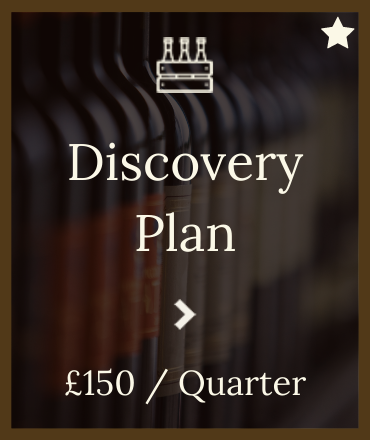Alsace: Wine And Its Influences
History
Alsace is a wine region which is split into only three appellations - Alsace AOC, Alsace Grand Cru AOC and Crémant d'Alsace. This is rare, as most wine regions are split into more Appellations, for example, Languedoc-Roussillon has over 30. This area gained official recognition for Alsace AOC for white, rose and red wines, which now covers approximately 80% of wine from this region.
Wine growing is a top priority here, and the region produces fine aromatic white wines. Alsace is also one of France's northernmost wine producing areas, and it stretches over 140 kilometres from the north to the south. Many of its slopes face east, benefiting from plenty of sunlight, as well as a very special variety of ‘Terroir' made from granite, limestone, clay, loam and volcanic soils. Alsace shares the river Rhine with Germany as a common border. Its summers are hot and sunny - and it is the driest region in France after the Roussillon in the south.
Location

Alsace is located in the north east of France, bordering Germany on the Rhine River. The main city in Alsace is Strasbourg, however this is not part of the Alsace AOC.
Wines And Variety

Domaine Gueth
Jean Claude Gueth is one of our Alsace suppliers, which is located in Gueberschwihr. Jean-Claude, his wife Bernadette and daughter Muriel have been working hand in hand towards their goal since 1996, driven by a common passion for the wine making profession, respecting the environment, their terroir, and their wine.

Joseph Cattin
Situated in Voegtlinshoffen near Colmar, the Domaine Joseph Cattin has been making its own wines for nearly 300 years. This is a family-run estate, managed by brothers Jacques and Jean-Marie, with the help of Jacques’ son (Jacques Jnr). The family’s watchwords are elegance and authenticity, and they use traditional methods for winemaking alongside new equipment for best results.








